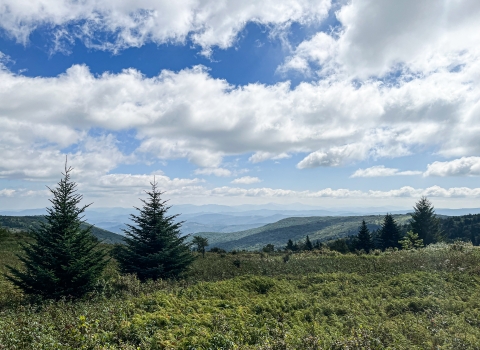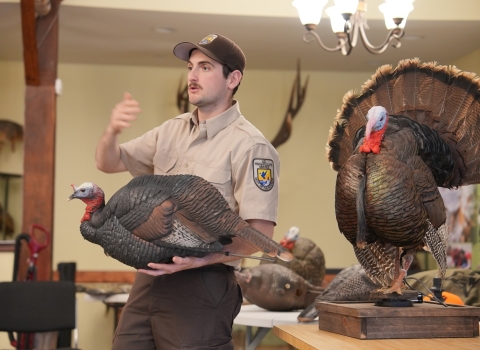The translocation of wolves is a management action which allows for quick response to conflict situations or other management needs. Translocation can benefit wolves and human activities by limiting conflicts with people and livestock, avoiding wolf losses, and aiding in the dispersal of wolves into suitable locations throughout the BRWRA.
Copies of the EA are available by writing or telephone from the Mexican Wolf Recovery Coordinator, U.S. Fish and Wildlife Service, P.O. Box 1306, Albuquerque, New Mexico, 87103; telephone 505-248-6920. Copies are also available at Forest Service offices of the Gila National Forest in Silver City, Reserve and Mimbres, New Mexico. Written comments may be sent to the FWS address above, or faxed to the attention of the Mexican Wolf Recovery Coordinator at (505) 248-6922 through March 15, 2000.
Public Hearings will be held on March 1, from 7:00 - 9:00 p.m., at the Community Center, Reserve, New Mexico; and on March 2, from 7:00 - 9:00 p.m., at Light Hall, Western New Mexico University, 1000 College St., Silver City, New Mexico.
The U.S. Fish and Wildlife Service is the principal Federal agency responsible for conserving, protecting, and enhancing fish, wildlife and plants and their habitats for the continuing benefit of the American people. The Service manages the 93-million-acre National Wildlife Refuge System comprised of more than 500 national wildlife refuges, thousands of small wetlands, and other special management areas. It also operates 66 national fish hatcheries, 64 fish and wildlife management assistance offices and 78 ecological services field stations. The agency enforces Federal wildlife laws, administers the Endangered Species Act, manages migratory bird populations, restores nationally significant fisheries, conserves and restores wildlife habitat such as wetlands, and helps foreign governments with their conservation efforts. It also oversees the Federal Aid program that distributes hundreds of millions of dollars in excise taxes on fishing and hunting equipment to state wildlife agencies.



